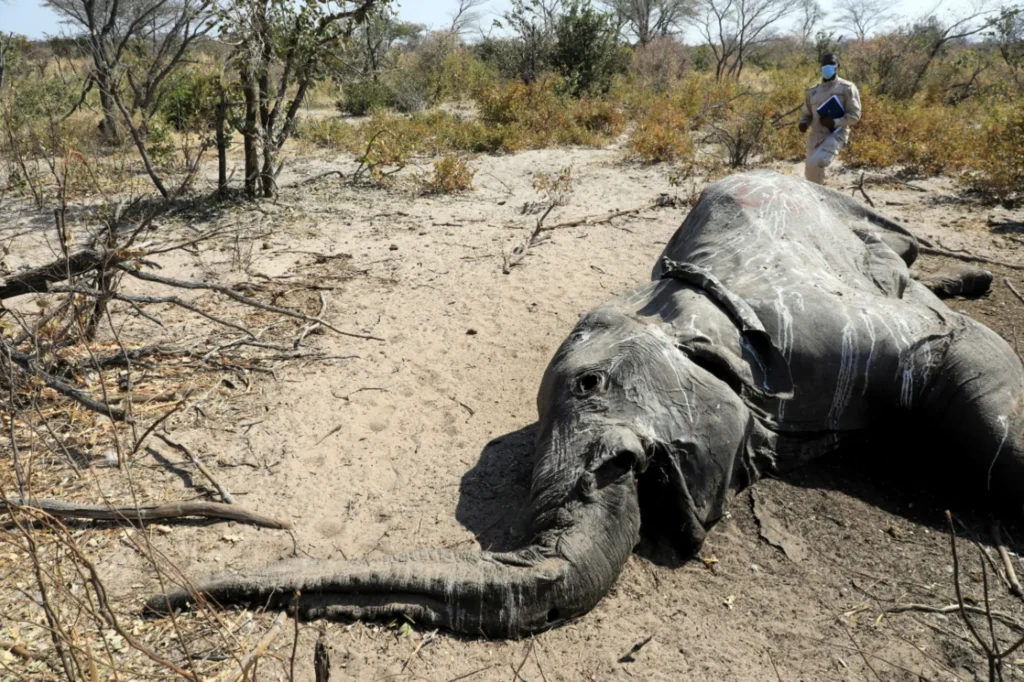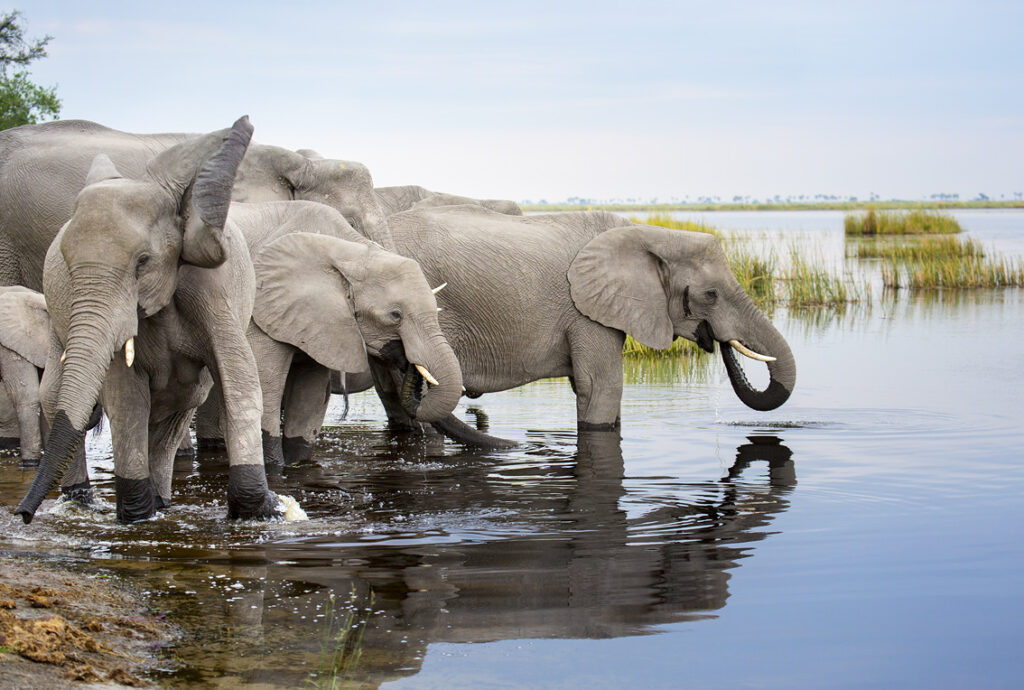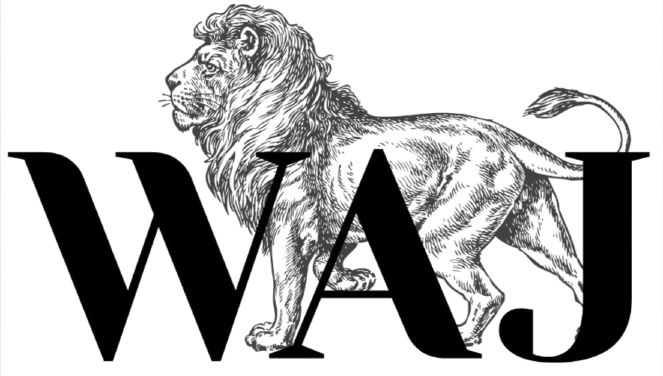Elephant poaching in northern Botswana has spiked significantly, yet there is a lack of official response. Recent aerial surveys discovered 19 additional poached carcasses, increasing the total to 105.
Mary Rice, a prominent conservationist, warns that “the rising number of elephants poaching cases in Botswana is a serious problem that should alarm the entire conservation community.”
A new epicenter for trophy hunting and poaching
Poaching activities are primarily concentrated to the west of Chobe National Park and just south of the Namibian Zambezi Region. Poachers from Zambia are crossing the border to hunt elephants, and well-organized, heavily armed gangs are smuggling the ivory to syndicates based in Lusaka.
Despite the Department of Wildlife and National Parks being informed of these incidents, there has been no visible action from the authorities.
Mary Rice observes, “Although the numbers might seem minor relative to the total population, we’ve encountered this pattern before: neglect of the problem internally, denial of the issue, and evidence of enforcement primarily in neighboring countries, which should be acknowledged. There’s ample intelligence available for focused enforcement, but is there the necessary determination?”
The apparent lack of action may be tied to President Masisi’s approach to managing the elephant population. Masisi has staunchly defended the high quotas for elephant hunting, arguing that it helps control the population and lessen human-elephant conflicts. Trophy hunting is at a peak in Botswana, with 400 elephants approved for hunting in the upcoming season.

This indicates that Botswana’s elephant population is facing threats from both legal trophy hunting and illegal poaching.
Earlier this year, President Masisi proposed sending 20,000 elephants to Germany in response to a German Environment Minister’s suggestion to impose stricter regulations on trophy imports and hunting.
Despite Masisi’s assertion that reducing elephant numbers will minimize human-elephant conflicts, trophy hunting typically occurs far from human populations. For example, the largest tusker hunted in 2022 was taken in the remote NG13 concession in the far north of the country, where five of the recently discovered poaching victims were also found.
Poaching also generally happens in remote areas away from permanent settlements, which reduces the likelihood of detection. Recent elephant carcasses have been found in isolated concessions, mainly in NG15 and NG18, along with a temporary poacher’s camp with tusks.
Male elephants with large tusks are being specifically targeted
A significant issue is that both poachers and trophy hunters are exclusively targeting male elephants. All recently poached elephants have been males, particularly mature ones, because they have the largest tusks and therefore the highest market value. Trophy hunters also focus on these bulls for the same reason. According to elephant biologist Dr. Keith Lindsay, this selective hunting threatens to disrupt the social dynamics of Botswana’s elephant population.
Trophy hunters often argue that mature male elephants, being past their prime breeding age, are “redundant” and thus acceptable targets. However, this viewpoint is problematic for several reasons:
Firstly, referring to elephants as “harvest” implies that they are merely commodities, like crops, rather than sentient beings. This term, used by proponents of trophy hunting, attempts to downplay the reality of killing highly intelligent animals that live in complex social groups. Elephants have strong family bonds, interact with many individuals throughout their lives, and are known to mourn the loss of their companions.

The death of a single elephant can deeply affect the entire clan psychologically.
Moreover, removing older males has broader consequences for elephant society, as these individuals are vital for guiding younger males through risky and unfamiliar terrains. Research conducted in Botswana in 2020 raised concerns about the disproportionate targeting of mature males in both legal and illegal hunting. It found that young elephants gain valuable experience from older males, who have extensive knowledge of their environment. Losing these older elephants impacts the transfer of this crucial ecological knowledge and undermines the social stability of the population.
Rhino Population Devastated; Elephants at Risk of Being Next
“We have seen criminal gangs nearly decimate Botswana’s rhino population,” says Rice. “Now they are setting their sights on Botswana’s elephants, which were once considered a model of conservation. If action is not taken soon, this proud legacy could be lost.”
The Botswana government seems to be neglecting the poaching issue while simultaneously supporting trophy hunting. Dr. Lindsay, who has studied elephants for four decades, notes, “There is a serious failure here. Authorities are not fulfilling their responsibility to protect the largest and most significant elephants, which could damage Botswana’s reputation as a leader in conservation.”

